Unguja, Zanzibar (Island Week 6)
Wednesday, 23rd November 2011 by Kyle Kusch
The name ‘Zanzibar’ evokes an air of exotic wonder. For thousands of years, this archipelago off the coast of East Africa has been the continent’s gateway to Asia and the Middle East. Over the centuries, great empires such as Sumeria, Persia, Oman, Portugal and Britain either were in contact with, or outright ruled, the island group until independence came in 1963. The following year, Zanzibar merged with Tanganyika on the African mainland to form the modern country of Tanzania. The main island of Zanzibar is Unguja, where two-thirds of the population resides, and the legacies of multiple cultures from around the world can be felt.
Unguja lies just off of the Tanzanian mainland and to the south of its sister island, Pemba. The hilly island is 85 km (53 miles) long and 30 km (19 miles) wide, and is home to about 625,000 residents, most of whom live in the capital, also named Zanzibar.
The heart of Zanzibar City is Stone Town, a densely-packed maze of coral stone buildings and narrow alleyways mixing Arab, Persian, Indian, European, and African architecture. Rock fans may know Stone Town as the birthplace and childhood home of Queen lead singer Freddie Mercury. A UNESCO World Heritage Site, Stone Town traces its beginnings to the 1830s when Zanzibar was ruled by the Sultanate of Oman, and flourished as one of the major spice trading ports of the entire world. During this time, Zanzibar was the largest global exporter of cloves (and, unfortunately, also a major exporter of slaves until 1876). The streets of Stone Town are too narrow for cars; the alleyways are instead packed with motorcycles and bicycles.
The most-well known landmark in Stone Town is the House of Wonders, the residence of the sultan between 1883 and 1963. Its name came from its status as the first building in the country to have electricity and the first building in all of East Africa to have a mechanical lift1 inside. Adjacent to the House of Wonders is the Old Fort, built by the Omanis in the 16th century; it now houses a cultural centre, performing arena, and shops.
Beyond Stone Town lies the rest of Zanzibar City, known as Ng'ambo (literally "the other side" in Swahili). Here the housing is much more diverse. One unique feature of Ng'ambo are the massive apartment complexes called Plattenbauten that form a giant cross in the heart of the Michenzani neighbourhood. The long concrete buildings were built in the 1970s with aid from East Germany in an urban renewal scheme, but today are falling apart; most units no longer even have plumbing. Elsewhere in the city, we see densely packed houses of corrugated siding typical of urban sprawl in the area (zoom in and you can make out individual pots and pans!)2
Off the west coast of Unguja lies Changuu, or “Prison Island”, so nicknamed because it was originally meant to be a prison; the facilities are still visible today. Instead, it became a quarantine station for yellow fever patients. For the past century, it’s been used as a holiday destination for cottagers and tourists looking to get a peek at the island’s endangered giant tortoises.
Speaking of tourists, dozens of high-end luxury resorts rim the Unguja coast, such as the ornate complex below. The beaches here are long and wide, and diving and ATV rides are popular.
For most locals, however, income still comes from the land and sea, whether it’s growing fields of sugarcane inland or farming seaweed off the east coast. Few places on Earth have such a clash between east and west, rich and poor, as Zanzibar.
-
Or “elevator” in North Americanese. ↩︎
-
This incredibly high-resolution image is part of the National Geographic African Megaflyover Project, which we've covered on the site several times in the past, including the memorable Google Sightseeing Safari. ↩︎
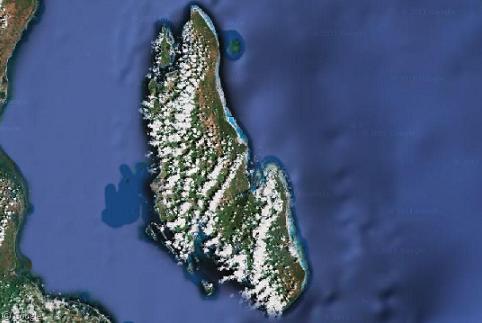
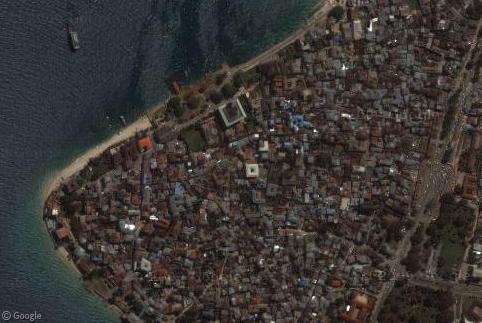
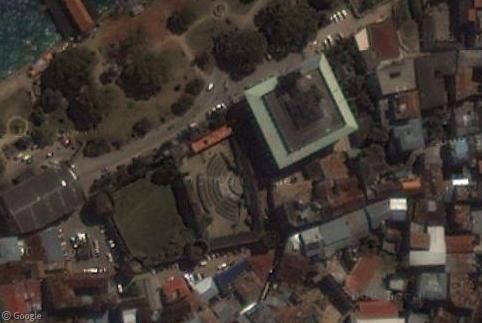
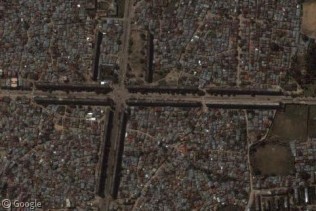
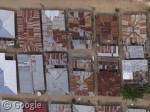
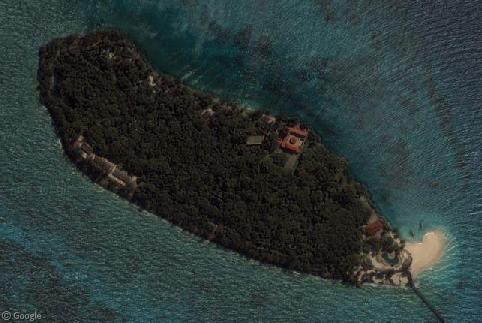
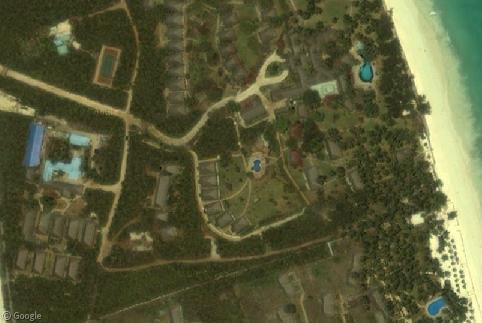
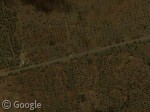

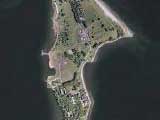
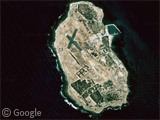
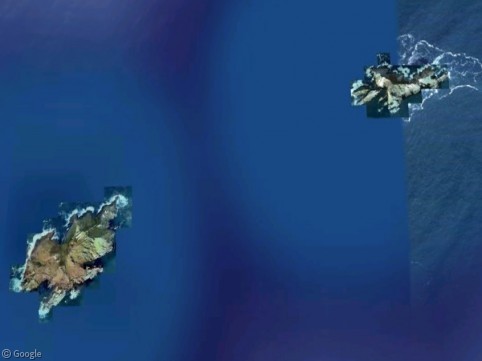
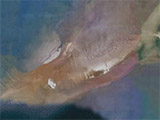
Zanzibar was also the scene of the worlds shortest war ever: http://dlewis.net/nik-archives/the-worlds-shortest-war/
It lasted about 40 minutes, but several war ships, thousands of soldiers and even artillery were involved.